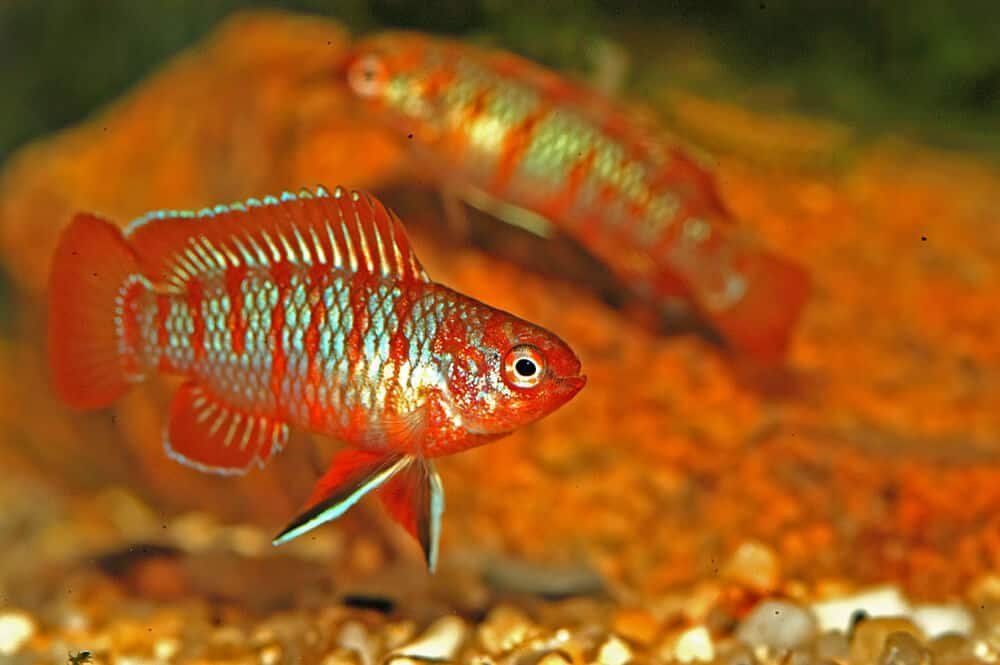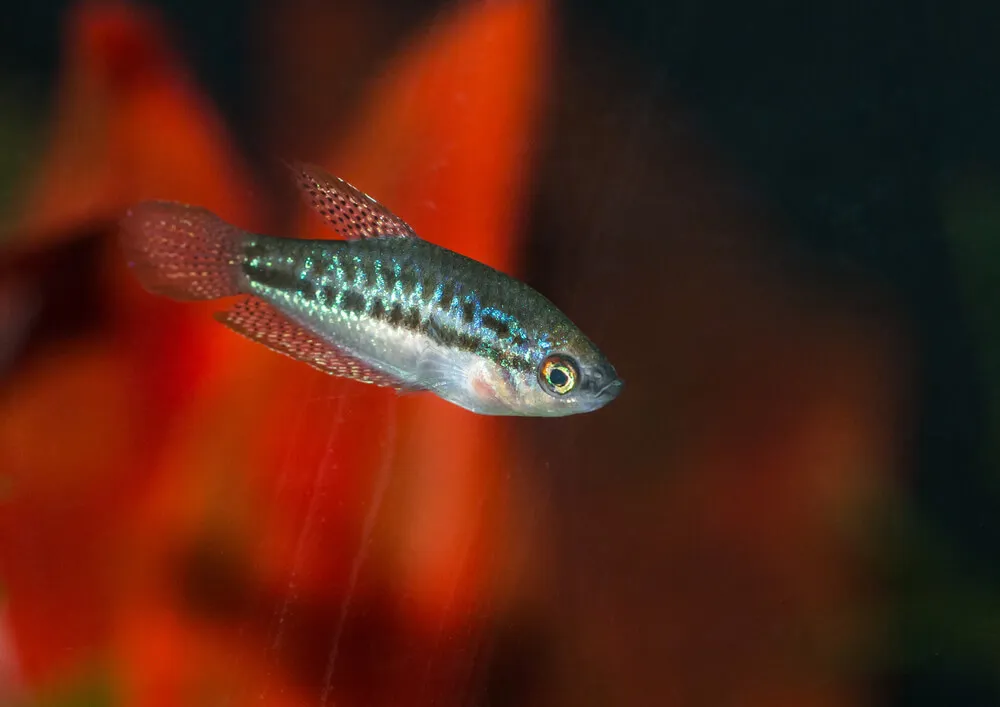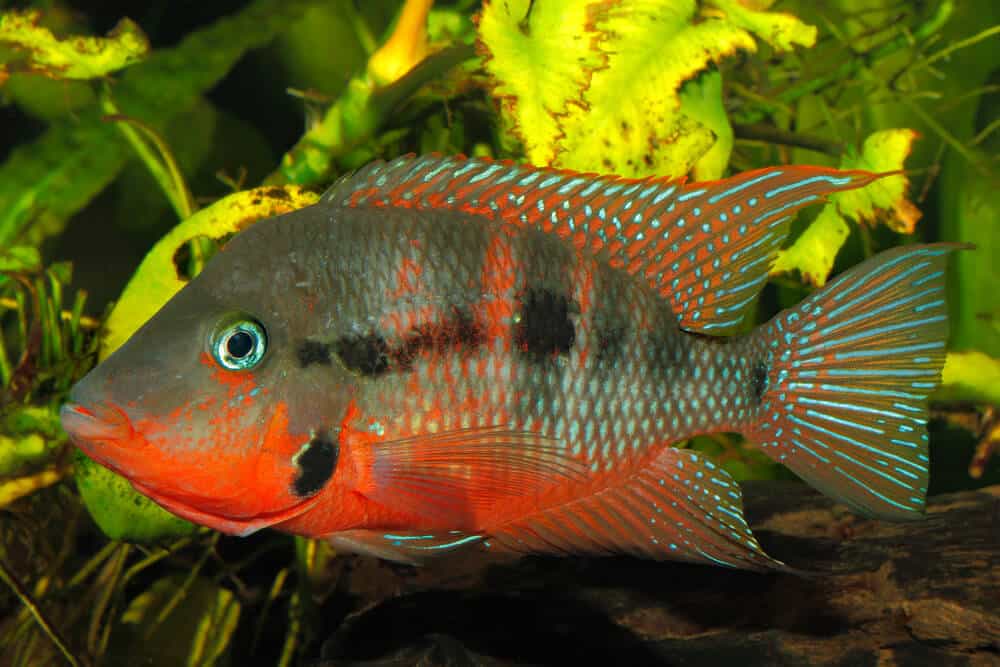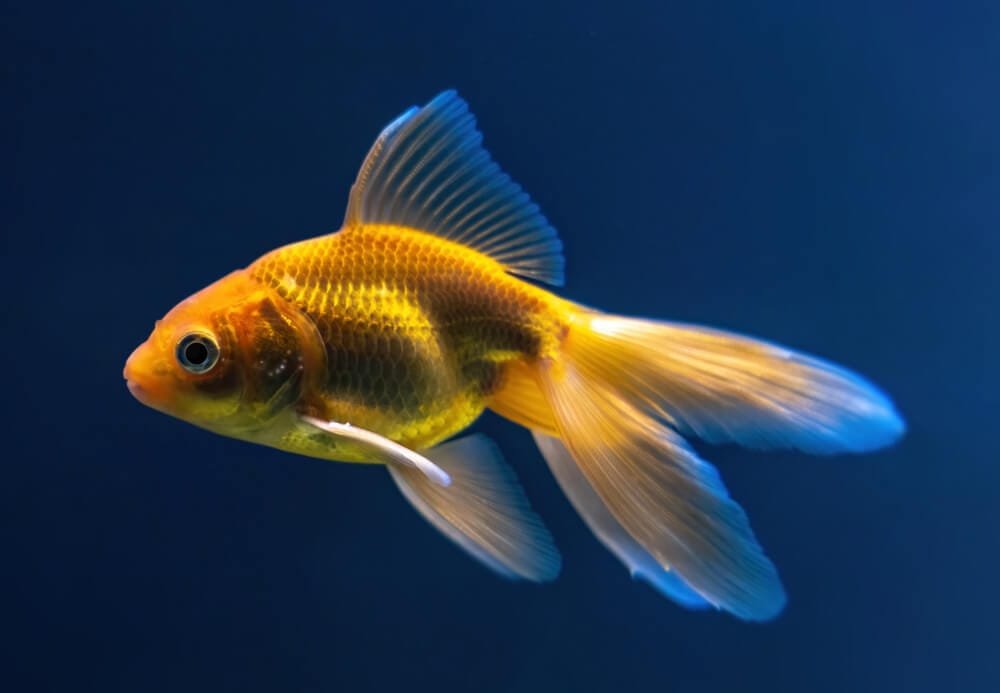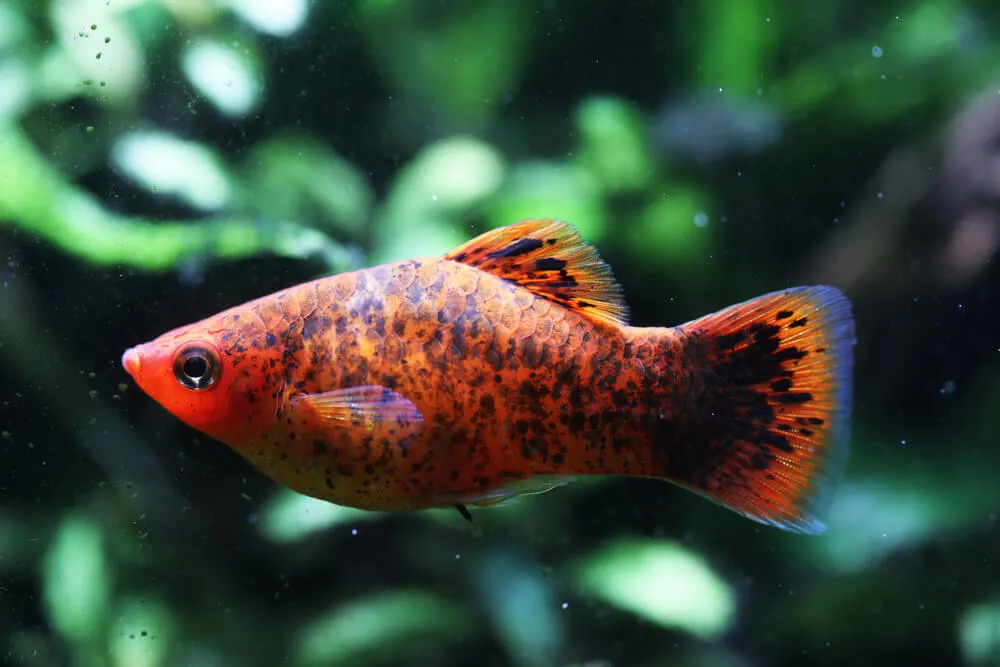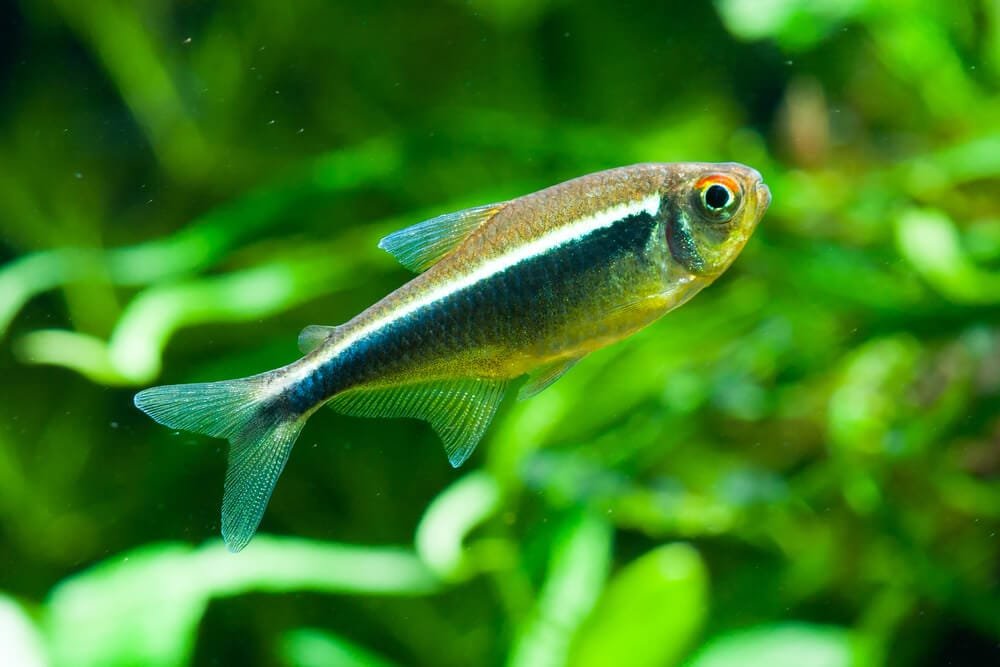Complete Guide to Kuhli Loach Care: Tank Setup, Diet and Behavior
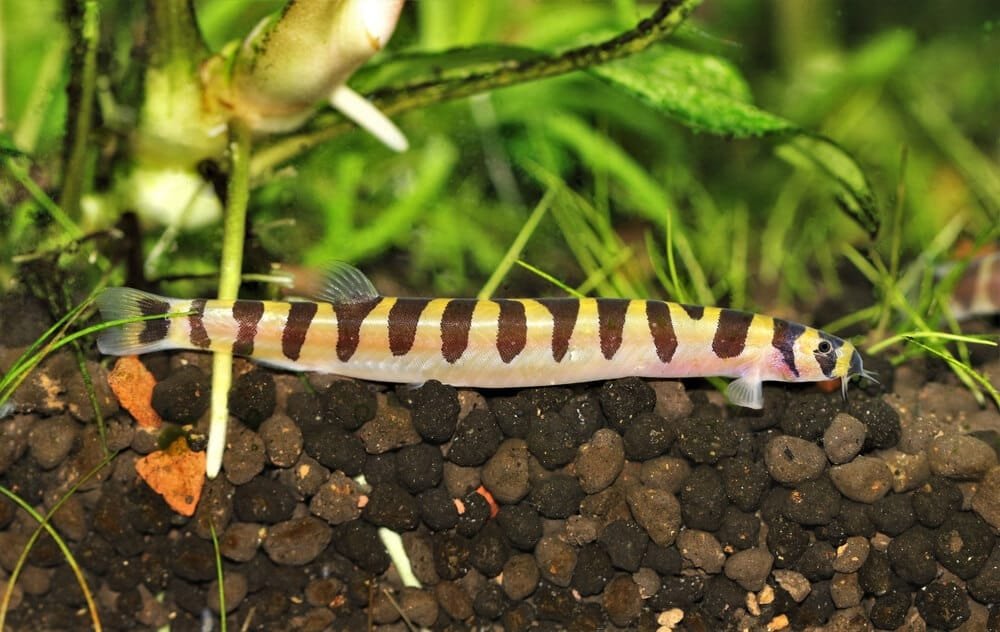
Get ready to meet the charming and enchanting Kuhli Loach! With its vibrant colors and playful nature, this little fish is sure to capture your heart. From their slender bodies to their charming personalities, Kuhli Loach is a delightful addition to any aquarium. Learn all about their unique characteristics, habitat, and care requirements in this fascinating article. Dive into the world of Kuhli Loach and discover why they are a favorite among fish enthusiasts.
Overview
The Kuhli Loach, also known as the Pangio Kuhlii, is a popular freshwater fish among aquarists. It is highly sought after for its unique appearance and peaceful nature. This article will provide you with a comprehensive overview of the Kuhli Loach, including its appearance, behavior, habitat, tank requirements, compatibility, diet, common diseases, and maintenance.
Appearance
Body Shape
The Kuhli Loach has an elongated, eel-like body shape which sets it apart from other fish species. It has a long, slender body with a pointed snout and small eyes. Its body is segmented by numerous vertical bands, giving it a distinctive striped appearance. The Kuhli Loach’s body shape allows it to easily maneuver through tight spaces and burrow into the substrate.
Coloration
Kuhli Loaches have a range of color variations, including brown, black, and orange. Their coloration can vary depending on their mood, with some individuals having darker stripes when they are stressed or hiding. The stripes of the Kuhli Loach serve as a form of camouflage, helping it blend in with its surroundings.
Size
Typically, Kuhli Loaches grow to be around 4 to 5 inches in length. However, some individuals may reach up to 6 inches in length, making them one of the larger loach species. Despite their size, they are slender and can easily hide among plants, rocks, and other decorations in the aquarium.
Behavior
Social Behavior
Kuhli Loaches are known for their peaceful and social nature. They are non-aggressive and can be kept in community tanks with other peaceful fish species. However, it is important to provide them with suitable tank mates, as aggressive or territorial fish may intimidate or harm the Kuhli Loach.
These loaches are also highly social among their own species and should be kept in groups of at least six individuals to ensure their well-being. They thrive in a lively and active environment, and their social behavior becomes more pronounced when kept in groups.
Activity Level
Kuhli Loaches are primarily nocturnal, meaning they are most active during the night. During the day, they tend to hide in the substrate, aquarium decor, or among plants. As evening approaches, they begin to emerge from their hiding spots, exploring the tank and searching for food.
Despite their nocturnal nature, Kuhli Loaches can be observed during the day if the aquarium has plenty of hiding spots and dim lighting. They are excellent at maneuvering through tight spaces, making them a fascinating species to watch.
Feeding Habits
Kuhli Loaches are omnivorous, meaning they eat both plant matter and small invertebrates. In the wild, they feed on insect larvae, worms, and other small organisms. In the aquarium, they readily accept a variety of foods, including sinking pellets, flakes, frozen foods, and live and frozen bloodworms.
To ensure the optimal health and nutrition of your Kuhli Loaches, it is important to provide a balanced diet consisting of both commercial foods and live/frozen foods. This will help mimic their natural feeding habits and keep them happy and healthy.
Habitat
Native Range
The Kuhli Loach is native to Southeast Asia, specifically countries such as Malaysia, Indonesia, and Thailand. In the wild, they can be found in slow-moving rivers, streams, and freshwater swamps with soft substrate. They are often found hiding among plants, rocks, and fallen branches.
Aquarium Setup
When setting up an aquarium for Kuhli Loaches, it is essential to recreate their natural habitat as closely as possible. A tank with dense vegetation, hiding spots, and a soft substrate, such as sand or fine gravel, is ideal.
Plants like Java fern, Amazon sword, and Cryptocoryne provide not only visual appeal but also play a crucial role in providing the loaches with hiding spots and territorial boundaries. It is also beneficial to add driftwood and rocks, which will simulate their natural environment and create additional hiding places.
Tank Requirements
Tank Size
Kuhli Loaches are relatively small fish that do not require a large tank. However, it is recommended to provide them with a tank size of at least 20 gallons. This will ensure they have enough space to swim and explore, as well as provide ample hiding spots for their comfort.
Water Conditions
Kuhli Loaches prefer soft, slightly acidic to neutral water conditions. The ideal temperature range for these loaches is between 75 to 86°F (24 to 30°C). They are not particularly sensitive to water parameters, but it is crucial to avoid extremes, as rapid changes in water conditions can stress the fish.
To maintain optimal water quality, regular water testing is essential, focusing on parameters such as ammonia, nitrite, nitrate, and pH. Additionally, weekly partial water changes of around 20% are necessary to help remove any accumulated waste and maintain stable water conditions.
Filtration
Proper filtration is crucial for the well-being of Kuhli Loaches. A high-quality filter should be used to maintain water quality and remove any toxins or waste products. It is recommended to choose a filter that provides both mechanical and biological filtration.
Sponge filters are an excellent choice for Kuhli Loach tanks as they provide gentle water flow, which reduces the risk of these delicate fish getting injured. Additionally, sponge filters also act as a surface for beneficial bacteria to colonize, aiding in the breakdown of harmful substances.
Substrate and Decorations
As previously mentioned, Kuhli Loaches prefer a soft substrate like sand or fine gravel. A layer of approximately 2 inches is sufficient for these bottom-dwelling fish to burrow and sift through in search of food.
In terms of decorations, live plants are highly recommended as they provide numerous benefits for both the loaches and the aquarium environment. They oxygenate the water, absorb waste products, and provide hiding spots for the loaches. Rocks, driftwood, and PVC pipes can also be added to create additional hiding spots and territories.
Compatibility
Tank Mates
Kuhli Loaches are peaceful and can be kept with a wide range of community fish species. However, it is important to avoid aggressive or territorial fish that may bully or harm these gentle loaches. Good tank mates for Kuhli Loaches include peaceful community fish such as tetras, gouramis, rasboras, and dwarf cichlids.
It is crucial to note that Kuhli Loaches are bottom-dwelling fish, and fast-swimming surface-dwelling species can make them feel stressed and uncomfortable. Therefore, it is recommended to choose tank mates that mainly inhabit the mid-level or upper-level of the aquarium.
Breeding
Breeding Kuhli Loaches can be challenging in a home aquarium environment. They are egg scatterers, meaning the female will release adhesive eggs that stick to nearby plants, decorations, or the substrate. The eggs are generally left unattended, so it can be difficult to successfully hatch and raise the fry.
Breeding Kuhli Loaches typically requires a separate breeding tank with conditions replicating their natural habitat. This includes providing suitable spawning sites such as plants or fine-leaved moss. Additionally, keeping the water quality pristine and maintaining optimal temperature conditions can increase the chances of successful spawning.
Diet
Kuhli Loaches are omnivorous and will readily accept a variety of foods. A balanced diet should include both high-quality commercial foods and live/frozen foods. Sinking pellets and flakes specifically formulated for bottom-dwelling fish can serve as the primary food source. It is recommended to feed them small portions several times a day to prevent overeating and potential digestive issues.
In addition to commercial foods, Kuhli Loaches greatly benefit from live and frozen foods. Bloodworms, brine shrimp, and daphnia are excellent choices to supplement their diet. These types of foods are closer to what they would consume in their natural habitat and provide essential nutrients.
Common Diseases
Overall, Kuhli Loaches are hardy fish and not prone to many specific diseases. However, they can still be susceptible to common aquarium ailments such as ich, fin rot, and bacterial infections. These diseases can be prevented by providing optimal water conditions, a balanced diet, and a stress-free environment.
Maintaining good hygiene and quarantine practices when introducing new fish or plants to the aquarium can also help prevent the spread of diseases. It is important to conduct regular visual inspections and monitor behavior to catch any signs of illness early and take appropriate action.
Maintenance
Feeding
Twice-daily feedings with a varied diet of commercial and live/frozen foods are ideal for Kuhli Loaches. It is important to provide small portions to prevent overeating and to keep the water quality in check. Uneaten food should be removed promptly to maintain optimal water conditions.
Water Changes
Regular water changes are essential for the well-being of Kuhli Loaches. Weekly partial water changes of approximately 20% help remove accumulated toxins and waste products. It is important to treat the new water with a dechlorinator to remove chlorine, chloramine, and heavy metals that may harm the fish.
Tank Cleaning
Tank cleaning should be done regularly to maintain proper hygiene. This includes removing any debris or uneaten food from the substrate, cleaning the filter media, and wiping down the glass. However, it is important to avoid disturbing the tank too much, as Kuhli Loaches appreciate stable and calm environments.
Conclusion
In conclusion, the Kuhli Loach is a fascinating and peaceful freshwater fish that can be a great addition to any community aquarium. With its unique appearance, social behavior, and interesting activity patterns, it is sure to bring enjoyment to any aquarist. By providing the proper tank setup, suitable tank mates, and a balanced diet, you can ensure the optimal health and well-being of your Kuhli Loaches. With care and attention, these loaches will thrive in your aquarium and become a favorite among your aquatic pets.
